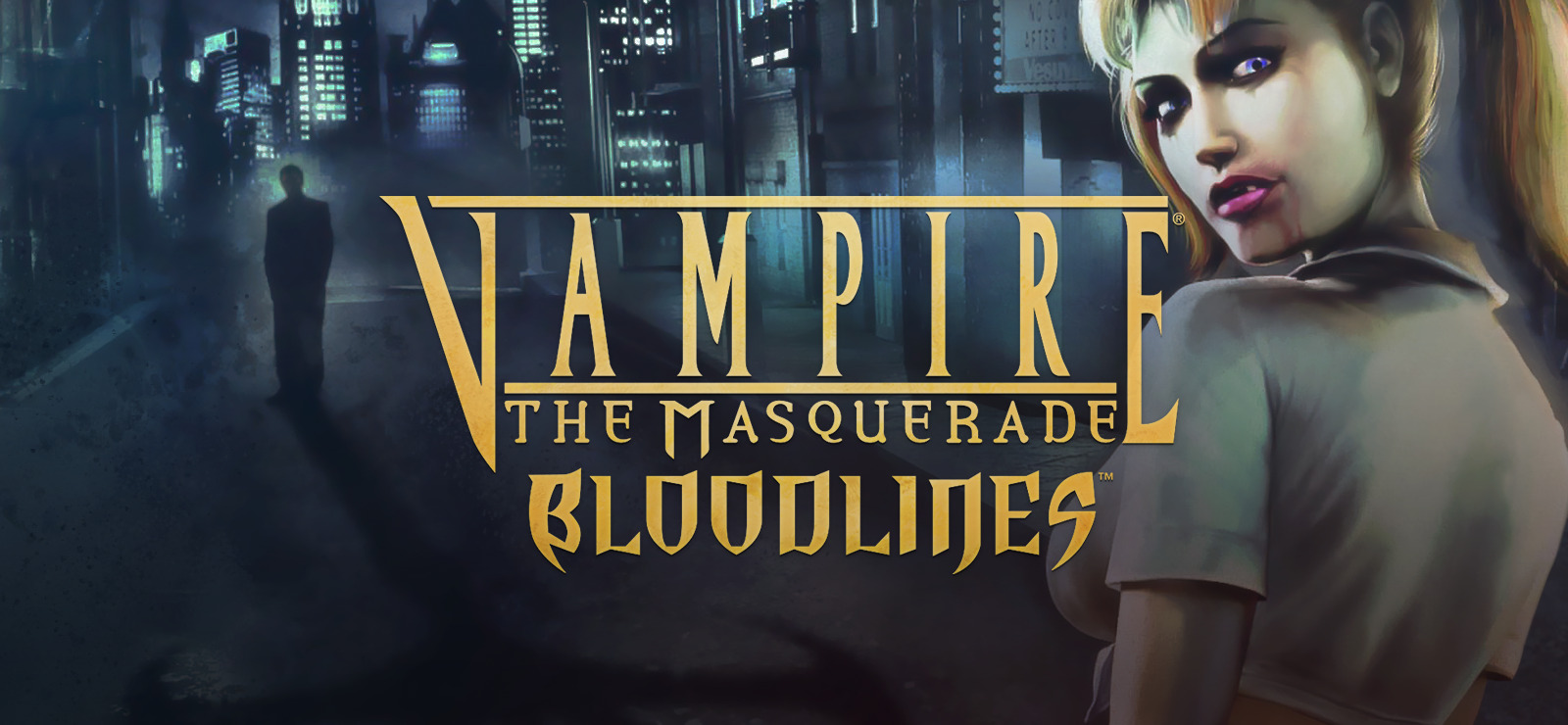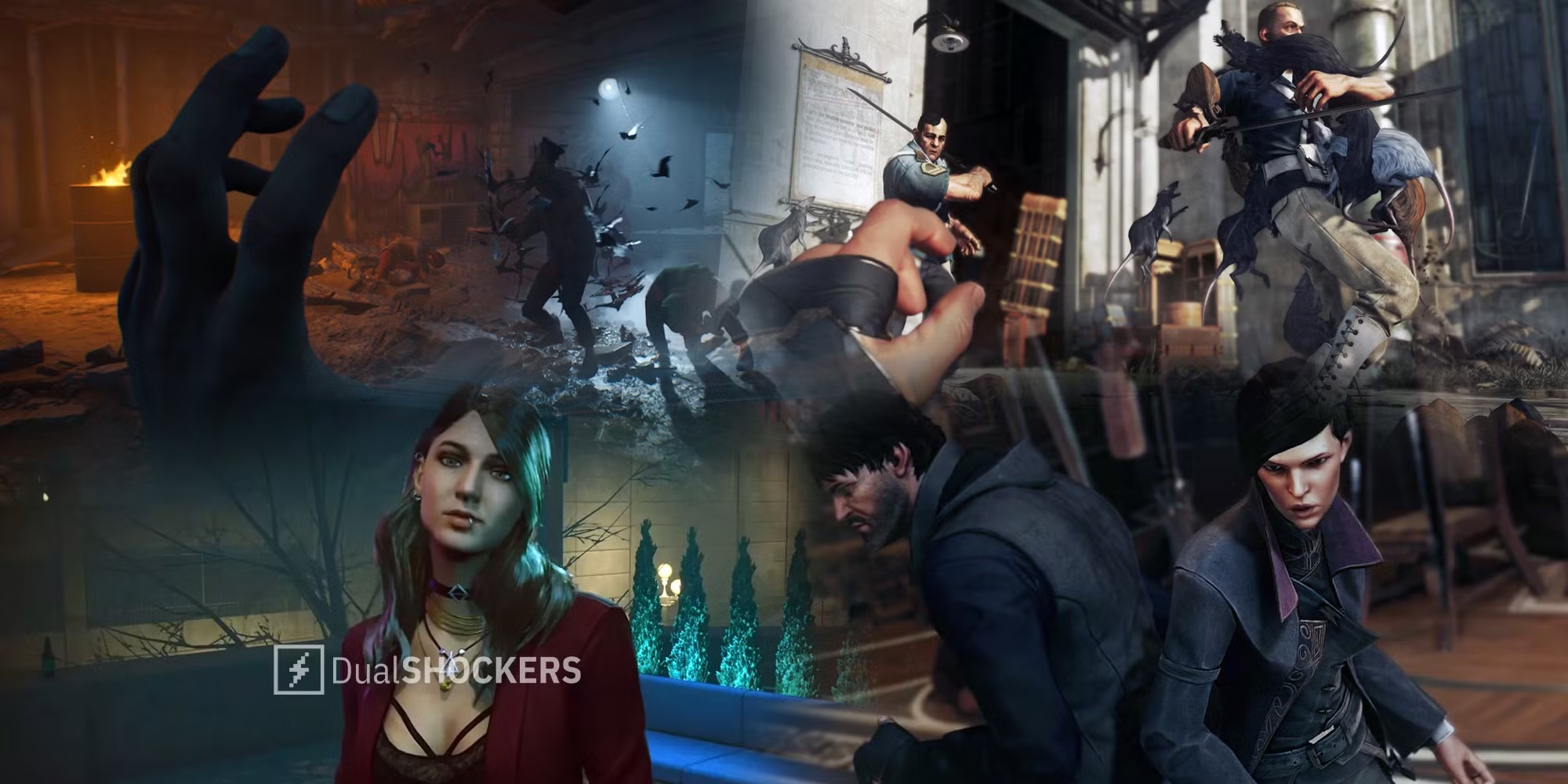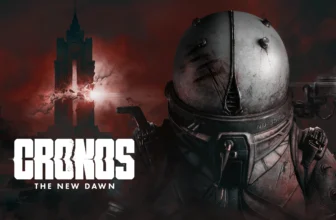
Vampire: The Masquerade – Bloodlines is a landmark title in the action role-playing genre that has evolved from a troubled launch into one of the most celebrated cult classics. Set in the dark, urban fantasy world of the World of Darkness, the game immerses players in the secretive and dangerous life of vampires in modern-day Los Angeles.
Release Information
Initial Release:
• North America: November 18, 2004
• Europe: Shortly after the North American release (exact dates may vary by region)
Re-releases & Enhanced Editions:
Over the years, Bloodlines has seen numerous fan-made patches and unofficial remasters designed to update its compatibility with modern hardware and operating systems. While there has never been an official remaster by the publisher, the persistent enthusiasm of the community has resulted in unofficial updates that enhance its resolution, fix bugs, and even add new content.
Platforms
Originally designed exclusively for the Microsoft Windows platform, Bloodlines was built for the PC environment. Its legacy on the PC is underscored by its widespread adoption by modders and retro gamers who continue to run it on modern systems using compatibility layers and emulation tools. While it has not been officially ported to consoles or other platforms, its enduring popularity has ensured that it remains widely accessible through PC gaming platforms such as Steam and GOG.com, often bundled with community patches for optimal performance.
Developer & Publisher
Developer: Troika Games
Troika Games was known for its ambitious and narrative-driven titles. Vampire: The Masquerade – Bloodlines was one of their most daring projects, combining immersive storytelling with complex RPG mechanics. Although Troika Games eventually dissolved due to financial and developmental challenges, Bloodlines remains the game for which the studio is best remembered.
Publisher: Activision
Activision, a major name in the gaming industry, published the game. While the partnership did not yield the commercial success hoped for at launch, Activision’s distribution ensured that the game reached a wide audience, contributing to its eventual cult status.
Genre & Gameplay Style:
Genres:
- Action Role-Playing Game (RPG)
- Immersive Sim
- Horror / Urban Fantasy
Gameplay Overview:
Vampire: The Masquerade – Bloodlines blends first-person shooter elements with stealth, dialogue-driven role-playing, and immersive sim mechanics. Players assume the role of a newly embraced vampire thrust into a dangerous web of political intrigue and supernatural conflict. The game stands out for its non-linear storytelling, where decisions significantly alter the narrative and character relationships. Players explore a sprawling, atmospheric rendition of Los Angeles, interacting with a host of memorable characters and factions, each with its own agendas.
Narrative and World-Building
Set against the backdrop of modern Los Angeles, the game portrays a hidden world where vampires—divided among several distinct clans—vie for power and influence. The narrative is steeped in the lore of the World of Darkness, offering a rich tapestry of gothic themes, moral ambiguity, and existential dread. The storyline is complex and branching, allowing players to shape their destiny through choices that influence both the plot and the relationships with other characters. This emphasis on player agency and consequence is one of the game’s enduring qualities.
Character Customization and Progression
Upon beginning the game, players can choose from several vampire clans, each offering unique abilities, strengths, and weaknesses. This choice impacts both gameplay mechanics (such as combat style and special powers) and narrative interactions, as different clans have distinct roles within the vampire society. The progression system allows players to allocate skill points, upgrade abilities, and customize their character’s appearance and attributes, ensuring that each playthrough can be tailored to individual preferences.

Combat and Stealth Mechanics
Combat in Bloodlines is fluid and dynamic. Players can engage enemies using a variety of weapons—from melee combat to firearms—while also having the option to use stealth tactics to avoid detection. The game encourages experimentation, offering multiple strategies to overcome challenges. Whether players choose to confront foes head-on or employ subtle maneuvers, the game’s mechanics are designed to reward creative play and tactical planning.
Technical Specifications & System Requirements
Although Bloodlines was released in 2004, its original system requirements can still provide context for its technical demands. With community patches and updates, modern players can run the game on contemporary systems with ease.
Minimum Requirements (Original Release):
- Operating System: Windows XP (Service Pack 2 or later)
- Processor: 2.0 GHz (single-core or equivalent)
- Memory: 1 GB RAM
- Graphics: DirectX 9.0c compatible GPU with at least 128 MB VRAM (e.g., NVIDIA GeForce 6600 series, ATI Radeon 9200)
- Storage: Approximately 8 GB available hard disk space
- Sound: DirectX-compatible sound card
Recommended Requirements (Original Release):
- Operating System: Windows XP / Vista / 7
- Processor: 2.4 GHz dual-core or higher
- Memory: 2 GB RAM or more
- Graphics: DirectX 9.0c compatible GPU with 256 MB VRAM (e.g., NVIDIA GeForce 8800 series)
- Storage: 8 GB or more free space
- Sound: High-quality DirectX-compliant audio supporting 3D effects
Note: Modern players typically use community-made patches and compatibility fixes that allow Bloodlines to run on Windows 10 and Windows 11 without the need for older hardware. These patches have also improved graphical options, resolution support, and overall stability.
In-Depth Gameplay Elements
Story Branching and Multiple Endings
One of the most remarkable features of Vampire: The Masquerade – Bloodlines is its branching narrative. Player decisions affect relationships with NPCs (non-player characters) and influence the unfolding of the story. The game includes multiple endings, each reflective of the choices made throughout the adventure. This structure encourages replayability, as different decisions can lead to entirely new narrative outcomes and character arcs.
Dialogue System and Player Interaction
The dialogue system in Bloodlines is a core component of the gameplay. It allows players to engage in meaningful conversations that can open new paths or shut down potential alliances. The conversations are richly written and often laced with dark humor, wit, and subtle social commentary. The complexity of the dialogue choices helps immerse players in the morally ambiguous world of the game, where alliances are fragile and betrayal is common.
Atmosphere and Art Direction
The art direction of Bloodlines is heavily influenced by gothic and noir aesthetics. The game’s environments—from seedy back alleys to opulent, decaying mansions—convey a sense of foreboding and mystery. Lighting plays a crucial role in setting the mood, with shadows and dark corridors enhancing the tension and uncertainty that permeate the game world. The sound design, featuring an eerie ambient score and realistic sound effects, further deepens the immersive experience.
Role of Factions and Political Intrigue
Within the vampire society depicted in the game, various factions vie for control and influence. Each faction has its own history, political ambitions, and unique abilities, adding layers of depth to the narrative. As players navigate this complex web of alliances and rivalries, they must decide whom to trust and how to leverage these relationships to their advantage. This element of political intrigue is central to the game’s identity and has been a significant factor in its long-lasting appeal.
Modding and Community Patches
Since its original release, Bloodlines has garnered a dedicated modding community. Fans have developed numerous patches that not only fix bugs and improve compatibility with modern systems but also expand the game’s content. These mods have introduced higher resolutions, improved textures, new gameplay mechanics, and additional narrative content. The active community support has ensured that Bloodlines remains relevant and accessible, allowing new generations of gamers to experience its rich storytelling and innovative mechanics.
User Ratings and Critical Reception
At the time of its release, Vampire: The Masquerade – Bloodlines received mixed reviews due to technical issues and performance problems. However, as patches were released and the game’s narrative depth became more widely appreciated, it evolved into a cult classic. Today, it is frequently cited as a must-play title by RPG enthusiasts and has earned high ratings on several review aggregators.
- Critical Acclaim:
Reviewers have praised the game for its intricate narrative, atmospheric world-building, and memorable characters. Its emphasis on player choice and narrative consequence has been highlighted as a major strength. - User Community:
Gamers have awarded the title high marks—often around 8.5/10 or higher—emphasizing its unique blend of action, role-playing, and immersive storytelling. The ongoing support from fans in the form of mods and patches is a testament to its enduring appeal.
Legacy and Impact
Vampire: The Masquerade – Bloodlines has had a profound impact on the role-playing genre. Its ambitious narrative structure and emphasis on player-driven outcomes have influenced numerous subsequent titles. The game’s success, despite its initial commercial struggles, has become a case study in how innovative storytelling and atmosphere can eventually triumph over technical shortcomings.
Influence on Modern RPGs
Many modern RPGs draw inspiration from Bloodlines’ non-linear narrative and branching dialogue systems. The game’s approach to character development—where every choice can have significant repercussions—has set a benchmark for narrative complexity in gaming.
Cultural Impact
Beyond its technical and narrative innovations, Bloodlines has also become a cultural touchstone within the gaming community. Its dark, brooding depiction of vampire society and the moral dilemmas faced by its characters have resonated with players, cementing its place as an influential title in the World of Darkness series.
Ongoing Community Support
The enduring popularity of Bloodlines is largely due to its passionate fan base. The modding community continues to refine and enhance the game, keeping it relevant long after its original release. Fan remaster projects and unofficial patches have made it possible for players to experience the game with modern graphics and improved performance, ensuring that its legacy continues to thrive.
Conclusion
Vampire: The Masquerade – Bloodlines stands as an exemplary title in the realm of action RPGs and immersive sims. With its richly woven narrative, atmospheric design, and innovative gameplay mechanics, it has transcended its initial technical limitations to become a beloved cult classic. This comprehensive database entry provides detailed insights—from release data and technical specifications to narrative depth and community reception—allowing gamers to appreciate the full scope of what the game has to offer.
Whether you are a newcomer looking to explore its dark world for the first time, or a longtime fan revisiting a cherished classic, this entry serves as a one-stop resource for everything you need to know about Bloodlines. With its legacy continually evolving through community patches and enduring fan support, Vampire: The Masquerade – Bloodlines remains a testament to the power of storytelling and the enduring appeal of a well-crafted gaming experience.
This entry is designed to be a searchable archive piece in a larger game database, enabling users to easily find key details, technical information, and in-depth commentary on one of gaming’s most unique and influential titles. By compiling all these elements, the database not only serves as an informational resource but also as a celebration of the artistry and complexity that define Vampire: The Masquerade – Bloodlines.






